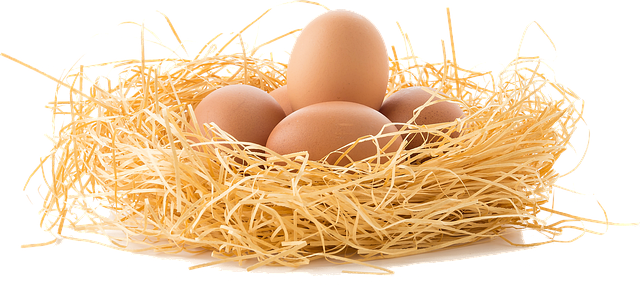Navigating Legalities: Donor Eggs & IVF Success Rates

Navigating regional regulations is crucial for successful donor egg IVF treatments. These laws gover…….
Infertility, a complex medical condition affecting millions globally, often leaves couples searching for alternative paths to parenthood. Among the various assisted reproductive technologies (ART), egg donation stands out as a life-changing option for women with poor egg quality. This article delves into the world of “Egg Donor for Poor Egg Quality,” exploring its definition, global impact, technological advancements, and the challenges it faces. By understanding this critical aspect of modern reproductive healthcare, we can appreciate its significance in assisting individuals struggling with infertility.
“Egg Donor for Poor Egg Quality” refers to a specialized assisted reproduction procedure where a woman (the donor) provides her eggs to another person or couple who cannot conceive due to poor egg quality in the intended mother. This process involves several key components:
The concept of egg donation has evolved significantly since its early beginnings in the 1980s. Initially, IVF was primarily used to assist women with blockages or endocrine disorders. As medical technology advanced, it became evident that some women faced challenges due to poor egg quality, leading to the development of specialized egg donation programs.
The success rate of IVF using donor eggs has significantly improved over the years, making this procedure a valuable option for couples facing infertility related to egg quality issues. It offers hope and a chance at parenthood when other methods may be ineffective.
“Egg Donor for Poor Egg Quality” has garnered global attention, with countries adopting different approaches to its regulation and implementation. The availability and accessibility of this procedure vary widely across regions:
Several global trends are shaping the future of egg donation:
The market for “Egg Donor for Poor Egg Quality” involves complex interactions between healthcare providers, egg banks, and recipients:
The economic aspects of egg donation include:
Technological innovations have revolutionized “Egg Donor for Poor Egg Quality” treatments:
Laboratory advancements play a critical role:
Despite its life-changing benefits, “Egg Donor for Poor Egg Quality” faces several challenges:
The ethical dimensions of this procedure include:
“Egg Donor for Poor Egg Quality” represents a significant advancement in assisted reproduction, offering hope to countless individuals and couples facing infertility. As technology continues to evolve and global regulations adapt, the accessibility and success rates of this procedure will likely improve. However, addressing ethical concerns, ensuring equitable access, and fostering public understanding remain crucial aspects of shaping a responsible and effective egg donation program. Through ongoing research, collaboration, and thoughtful policy-making, “Egg Donor for Poor Egg Quality” can continue to provide life-changing solutions for those seeking parenthood.

Navigating regional regulations is crucial for successful donor egg IVF treatments. These laws gover…….

Overcoming low egg quality with donor eggs is vital for successful assisted reproduction. Through de…….

Genetic mutations and conditions impact oogenesis, affecting egg quality and fertility. Environmenta…….

Donor egg ethics and consent are crucial for safe IVF procedures, balancing donor privacy, genetic t…….

IVF with donor eggs for low egg reserve offers a specialized solution for couples facing difficultie…….

Poor egg quality is a common challenge in fertility treatment with donor eggs, impacting IVF success…….

Choosing between anonymous and known egg donors for IVF with donor eggs due to low egg reserve invol…….

Legal frameworks governing egg donation are vital for ethical donor egg IVF practices, ensuring tran…….

Egg donation for women with poor ovarian response (POR) requires careful consideration of ethical bo…….

Hormonal treatments and uterine preparation are critical for donor egg IVF success rates. Balancing…….